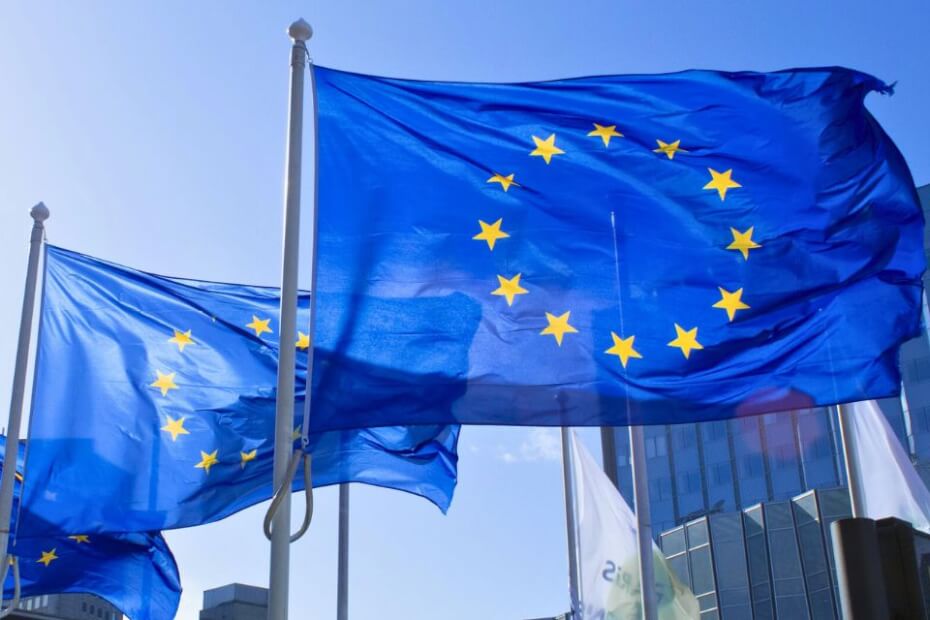
The European Union (EU) Council has officially announced that Bulgaria and Romania will join the Schengen area by air and sea starting from 31 March 2024.
This decision is a significant achievement for both countries, as it signifies their long-awaited entry into the Schengen Area.
“I am very pleased that in 2024 air and maritime internal controls between Bulgaria and Romania and the other Schengen countries will become a thing of the past, after 12 years of negotiations,” Fernando Grande-Marlaska Gómez, Spanish Minister for the Interior, said in a press release.
He added, “We are thus continuing to build an ever wider and stronger area of free movement.”
Bulgaria and Romania became members of the European Union in 2007. However, corruption and border security concerns opposed their membership in the Schengen area.
The recent improvements in the countries’ border security policies paved the way for the approval of their inclusion.
Bulgaria’s access to the Schengen Information System
The agreement made public on 30 December, ensures Bulgaria’s full participation in the Schengen Information System (SIS), a key component for its inclusion.
The Schengen Information System (SIS) is a comprehensive information-sharing system that helps manage security and European borders.
There are no internal borders between Schengen countries. The SIS is a critical tool for authorities in border control, immigration, police, customs, and the judiciary in the EU and associated Schengen countries.
End of border checks between Bulgaria, Romania, Schengen countries
From 31 March 2024, individuals will no longer be checked at internal air and maritime borders between Bulgaria and Romania. The same applies to other EU and Schengen member states.
The Schengen Common Travel Area comprises the 23 EU member countries and neighboring countries such as Switzerland, Norway, Iceland, and Liechtenstein.
This change coincides with the winter/summer schedule set by the International Air Transport Association (IATA).
The Council is expected to decide to set a date to lift checks at internal land borders.
It is currently working towards achieving unanimity in removing checks on individuals at internal land borders.
Removing land borders requires a unanimous decision
After securing air and sea access, Romania and Bulgaria will negotiate full membership into Schengen, including land borders.
For that, the EU Council must unanimously agree to abolish the internal land borders.
It’s essential for the Council to consider technical, operational, and collaborative factors along these borders.
This will involve further talks with Austria and the European Commission in 2024.
Austria has sought an increased security presence on Bulgaria’s border with Turkey and Romania’s border with Serbia.
It aims to strengthen the protection against irregular migration.
Both are seen as significant routes for asylum seekers from conflict-ridden regions like Syria and Afghanistan trying to enter Europe.
Bulgaria’s prime minister said the European Commission agreed to provide support to better guard the EU’s external borders with Turkey and Serbia.
The potential easing of land controls could benefit Bulgaria and Romania economically. It could pave the way for streamlined commercial traffic and reduced wait times at borders.
Expanded Schengen area, ETIAS, and EES
The addition of Bulgaria and Romania in the Schengen area makes it easier for EU short-term visitors traveling there by air or sea.
Long-term residents of Bulgaria and Romania, including digital nomads, students, and immigrant families, will now also find it easier to move freely within Europe.
The inclusion of Bulgaria and Romania aligns with implementing the new digital permit system, the European Travel and Information and Authorization (ETIAS).
By mid-2025, all visa-exempt foreign nationals must obtain an ETIAS before traveling to the Schengen area.
The pre-travel authorization aims to enhance travel convenience and bolster security measures within the Schengen area.
The Schengen area expansion and implementation of new security measures aim to balance facilitating free movement and exercising immigration control.
Aside from the ETIAS, the EU will also roll out its new automated border system, the Entry/Exit System (EES), in October 2024.
Instead of stamping passports upon arrival at the border, the EES will record entries and exits electronically.
The EES will detect fake identities and passports and record refusals of entry.
It will make it easier to identify those without permission to enter and who have overstayed in the Schengen area.
The Council is expected to introduce additional policy adjustments as the EU pursues a unified and borderless travel zone.

